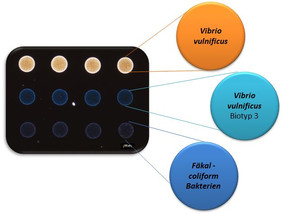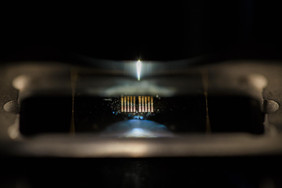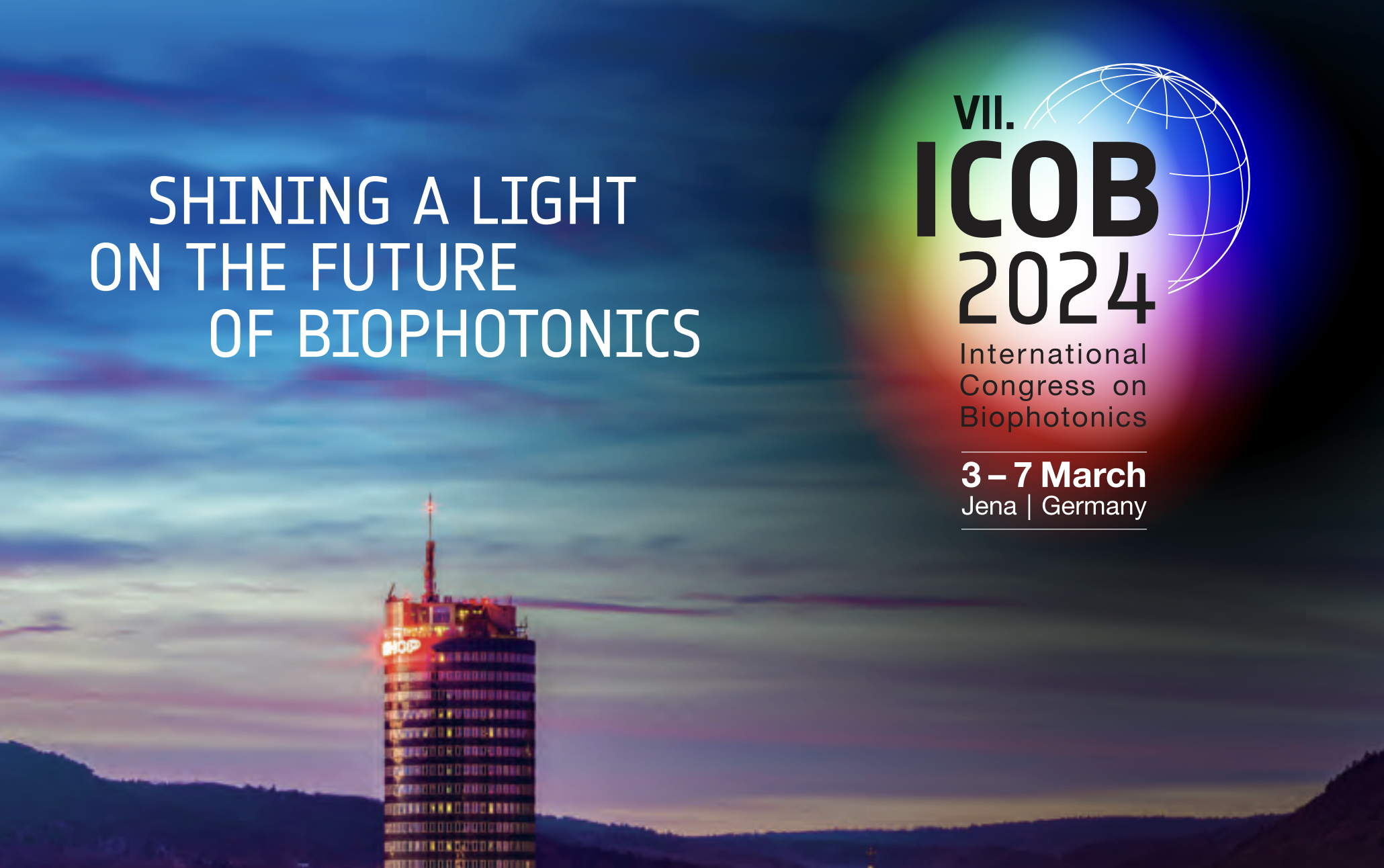To detect germs in water: German-Israeli research team develops new detection system

Microbial infectious agents affect the quality of fresh water on earth. A research team from Leibniz IPHT is now developing a novel rapid detection system to better monitor water quality in the future. As part of the NanoWater project, which has now been launched, the scientists are determining how many bacteria a body of water is polluted with by means of indicators of faecal contamination, which they are making visible using optical methods. The basis for this is formed by plasmonic nanoarrays, supported by electric field-based concentration of pathogen DNA. In the project, the nanobiophotonics working group of Leibniz-IPHT is working together with researchers from Technion – Israel Institute of Technology, Haifa, Israel.
The amount of fresh water on earth is limited. Ensuring freshwater quality is important for drinking water supply, food production and use as recreational water. Water quality can be seriously affected by infectious agents, toxic chemicals and radiological hazards. Among the microbial infectious agents, the contamination of water bodies by faeces is important in many regions and can cause risks to human health. Faecal contamination can spread dangerous pathogens, which should be monitored and their origin determined. Pathogenic bacteria and viruses are often associated with animal faeces. To assess water quality and the risk potential of pathogenic bacteria and viruses, general contamination studies are used as indicators of faecal contamination and water quality.
Tests for specific pathogens are normally not performed in routine screening because the available culture methods are lengthy (up to one week) and expensive. In addition, waterborne pathogens such as Pseudomonas, Aeromonas and part of Vibrionaceae may occur without faecal contamination. Therefore, there is an urgent need for a rapid, cost-effective and specific diagnostic technology for the identification of multiple pathogens in water.
This problem is targeted in the NanoWater project. The aim of the project is the development of the plasmonic nanoarray chip technology for the monitoring of microbial water quality. As proof-of-principle a detection of water-borne pathogens (Vibrio vulnificus as model) and faecal coliforms as markers for total bacterial dose for fast and sensitive monitoring of the microbial quality of water beyond routine microbial cultivation monitoring will be developed. The know-how in microbiology and bioinformatics of the Israeli Biotechnology Group (Dept. of Food Engineering & Biotechnology) will be combined with the technology of the plasmonic nanoarray chip of the Nanobiophotonics Group of the Leibniz-IPHT, which will be strengthened by an innovative approach of the Israeli Engineering Group for an electric field-based concentration of the target molecules (Faculty of Mechanical Engineering), thus allowing the development of a new microbiology monitoring system for water.
The NanoWater project is funded within the framework of the programme German-Israeli Water Technology Cooperation in the funding area: Sustainable Water Management (funding code 02WIL1521).
Contact
Related News
Third party cookies & scripts
This site uses cookies. For optimal performance, smooth social media and promotional use, it is recommended that you agree to third party cookies and scripts. This may involve sharing information about your use of the third-party social media, advertising and analytics website.
For more information, see privacy policy and imprint.
Which cookies & scripts and the associated processing of your personal data do you agree with?
You can change your preferences anytime by visiting privacy policy.



